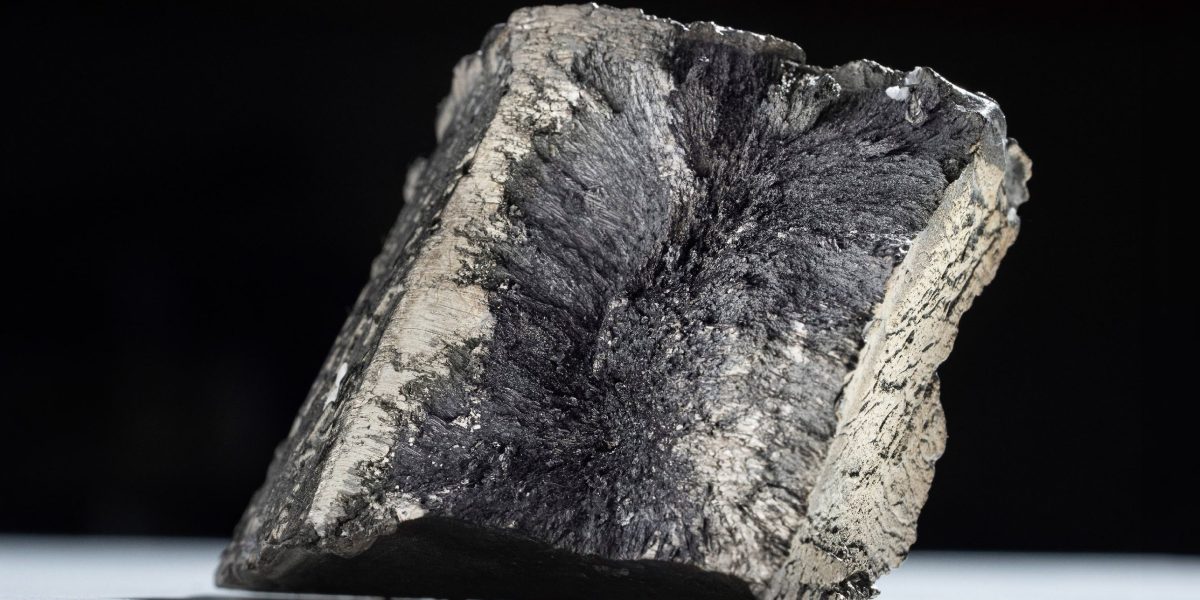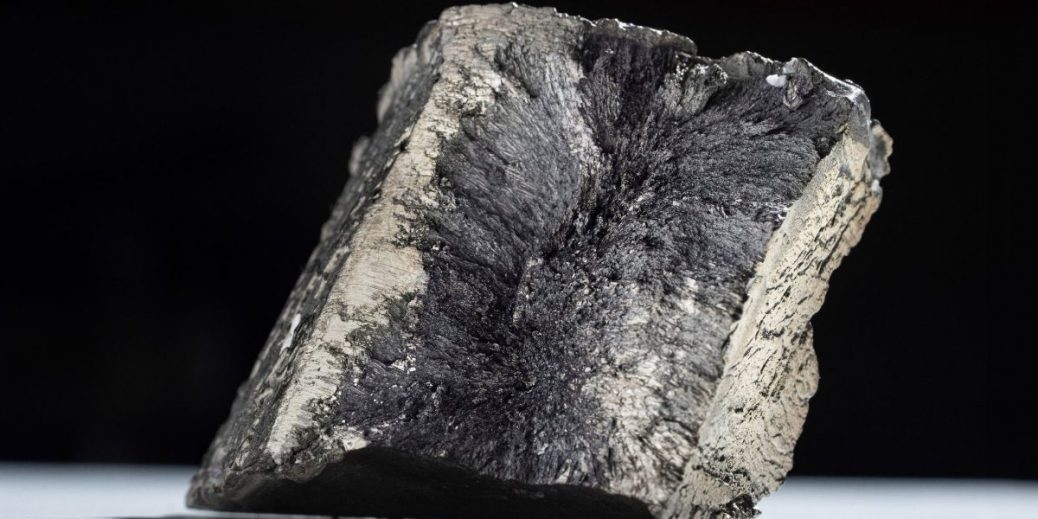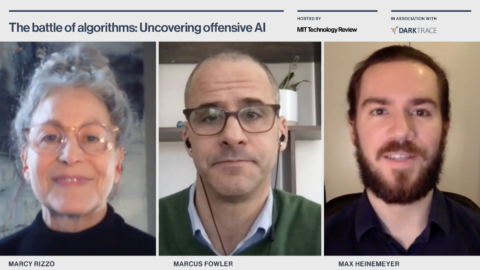
Abandoning fossil fuels and adopting lower-carbon technologies are our best options for warding off the accelerating threat of climate change. And access to rare earth elements, key ingredients in many of these technologies, will partly determine which countries will meet their goals for lowering emissions.
Some nations, including the US, are increasingly worried about whether the supply of those elements will remain stable. As a result, scientists and companies alike are intent on increasing access and improving sustainability by exploring secondary or unconventional sources. Read the full story.
— Mureji Fatunde
This story is from the next magazine edition of MIT Technology Review, set to go live on January 8—and it’s all about innovation. If you don’t already subscribe, take advantage of our seasonal subscription offers to get a copy when it lands.
What’s next for AI regulation in 2024?
In 2023, AI policy and regulation went from a niche, nerdy topic to front-page news. This is partly thanks to OpenAI’s ChatGPT, which helped AI go mainstream, but which also exposed people to how AI systems work—and don’t work.
It has been a monumental year for policy: we saw the first sweeping AI law agreed upon in the European Union, Senate hearings and executive orders in the US, and specific rules in China for things like recommender algorithms.
So if 2023 was the year lawmakers agreed on a vision, 2024 will be the year policies start to morph into concrete action. Here’s what to expect.







Recent Comments